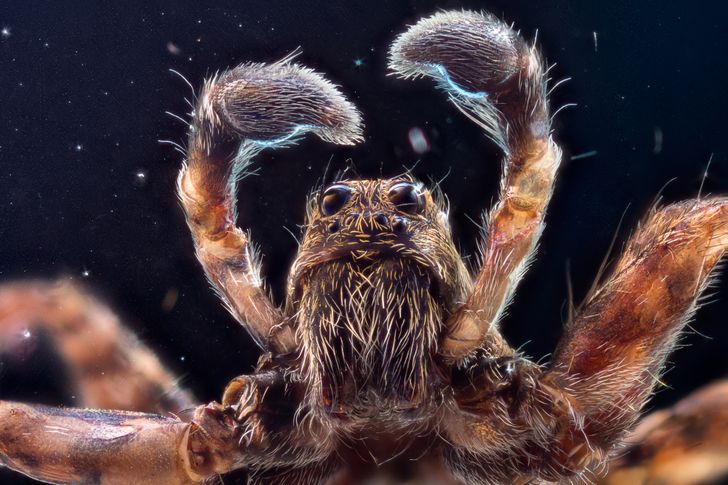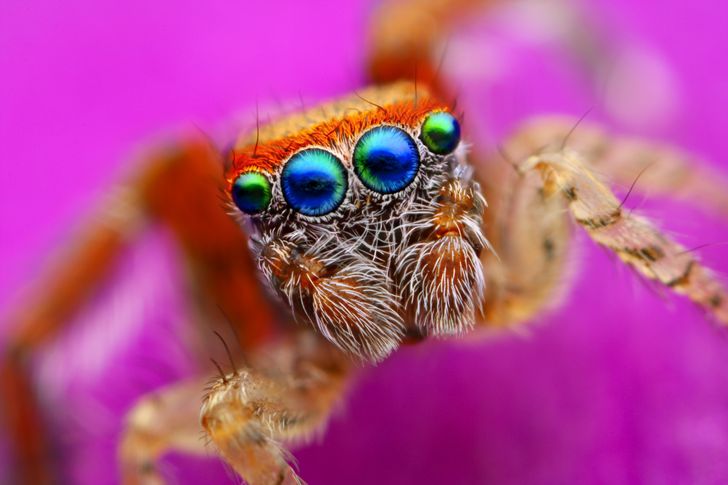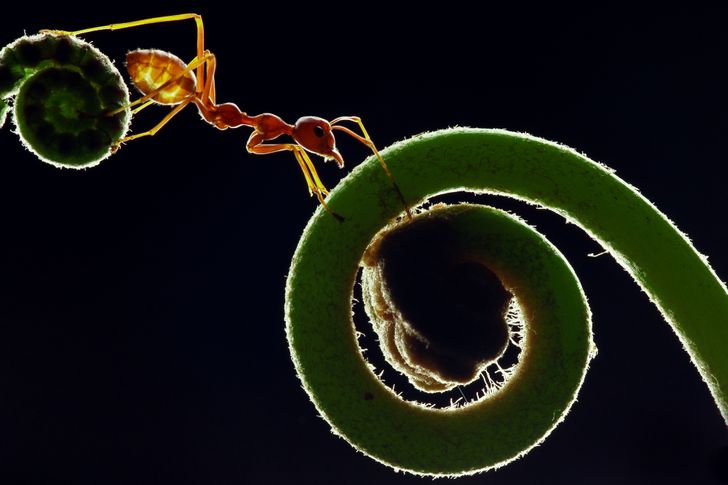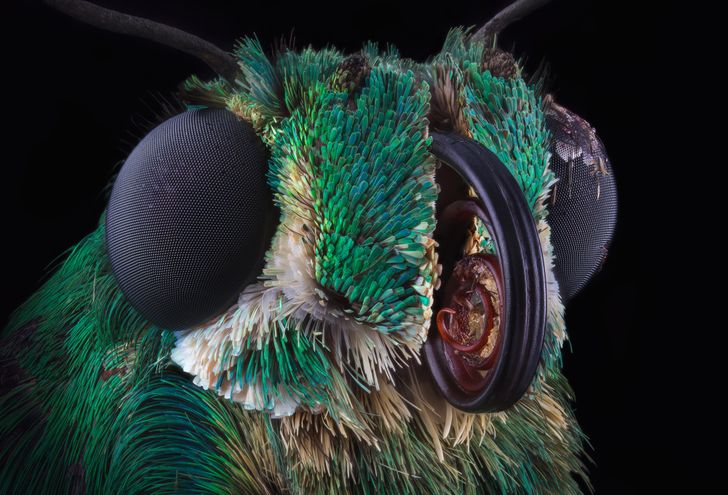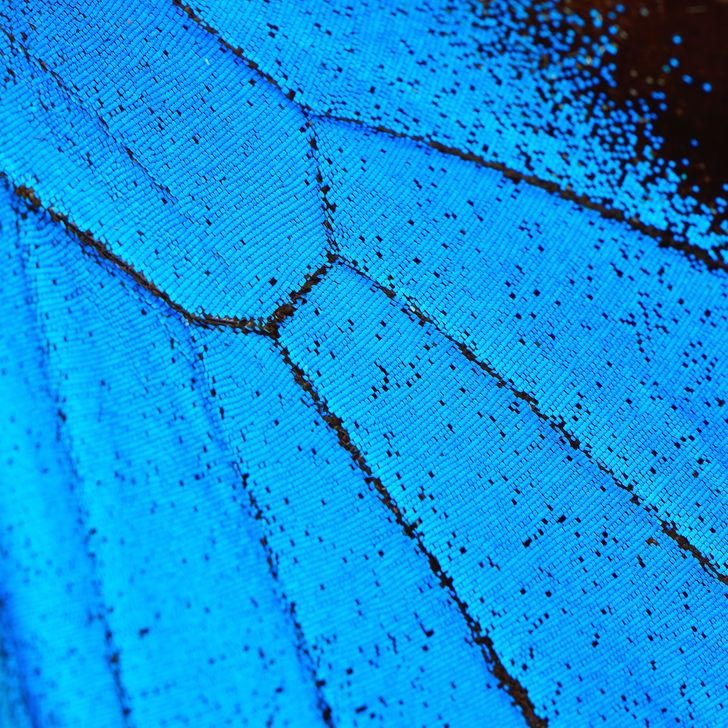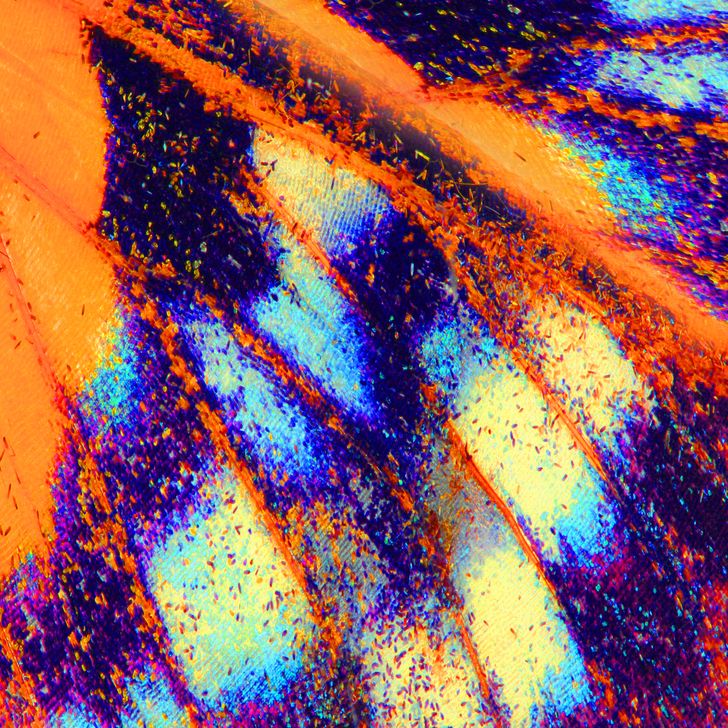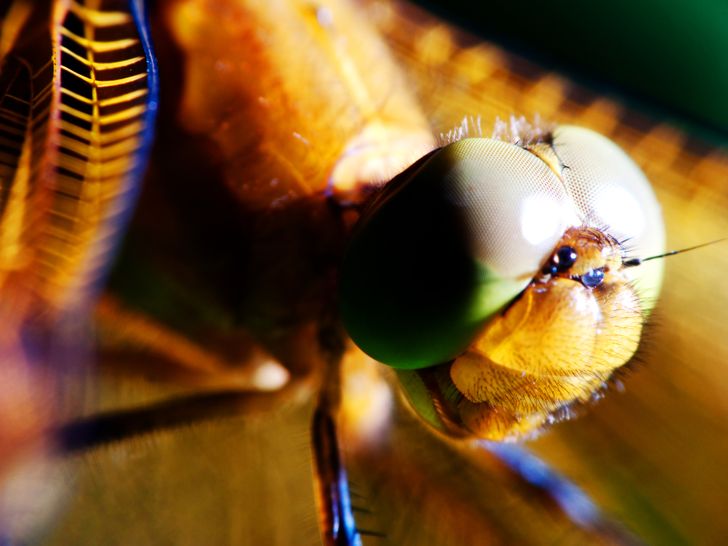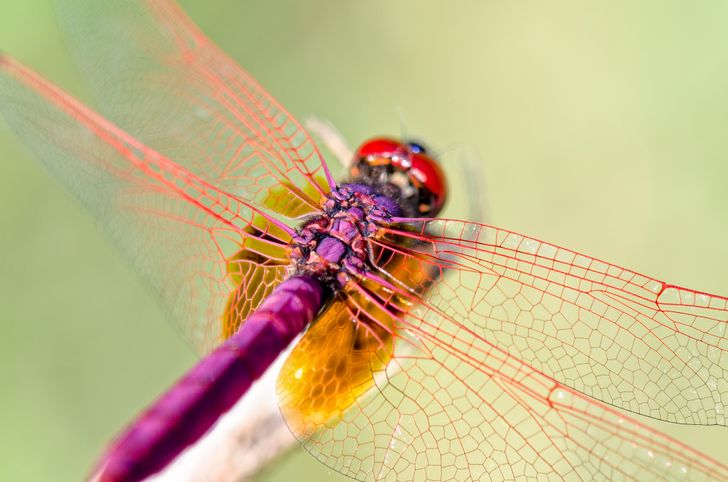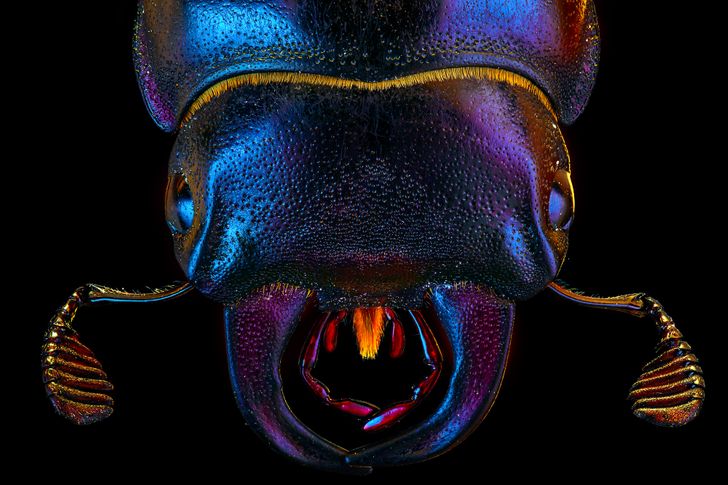If the world around you seems drab and a bit monotonous, modern macro photography is something that will enliven you with a whole new perspective on things.
After all, what could lift your spirits more than getting lost in fascinating photos that illustrate how colorful, dramatic, and intimidating the world around you can be.
And to explore macro photography on your own, all you need is a macro lens.
Depositphotos Photographers take hundreds of macro photos every day that give us the creeps. We invite you to the fun world of photomicrography here and now!
Do you recognize fern leaves at 5x zoom? Can you tell a horsefly from an American jumping spider? And the ice under the microscope? Let’s find out.
#1
Meet a typical wolf spider. These insects can be found on our planet everywhere except Antarctica. You can locate spiders like this in forests or near bodies of water.
#2
Here’s another common spider called Saitis barbipes. This is a jumping spider. Although it may appear threatening in macro photography, it would hardly be noticeable without a special lens. This spider is only a few millimeters long.
#3
You’ve probably heard of silkworms. Did you know that there are also weaver ants whose nests are made of leaves held together by silk threads?
You can find these ants in Africa and South Asia not only in forests but also in some national dishes.
#4
Say hello to this little green butterfly with strands of hair. Insects of this type are mentioned in poems by ancient writers, as well as in legends born in the British Isles.
This butterfly is very difficult to spot in the wild, as it never rests with its wings outstretched.
#5
A butterfly wing consists of a strong structure and soft membranes. Take a closer look at its pixel structure. It looks like old monochrome monitors.
#6
This is another photo of a butterfly wing that is completely covered with pollen.
#7
We present the dragonfly, the oldest insect with which we can come into contact in nature.
Dragonflies live in every country in the world and are very important for our comfort, as they feed on blood-sucking insects.
#8
This is what the crimson swamp glider looks like. You can find it in Southeast Asia and throughout the Indian subcontinent.
Unlike the males (illustrated in the image), female dragonflies of this type have a grayish-green hue and are hardly noticeable.
#9
This photo shows the skin of a starfish. This creature goes by many names, including “horned starfish,” “knobby,” or “chocolate chip.”
Knobby loves spending time on the bottom of the warm and soft sea, so they are easy to spot on the beach when visiting the Indo-Pacific region.
#10
Rhinoceros beetles are the largest living beetles and they also have really long livers among insects. These beetles can grow up to 15 cm in length and live for more than 3 years.
